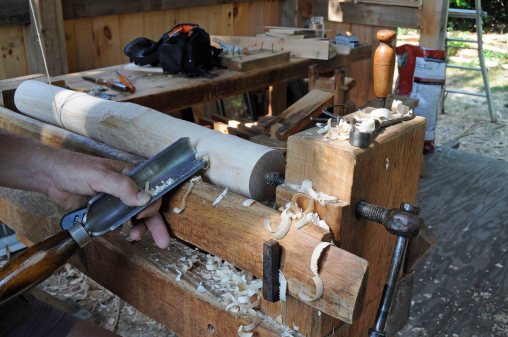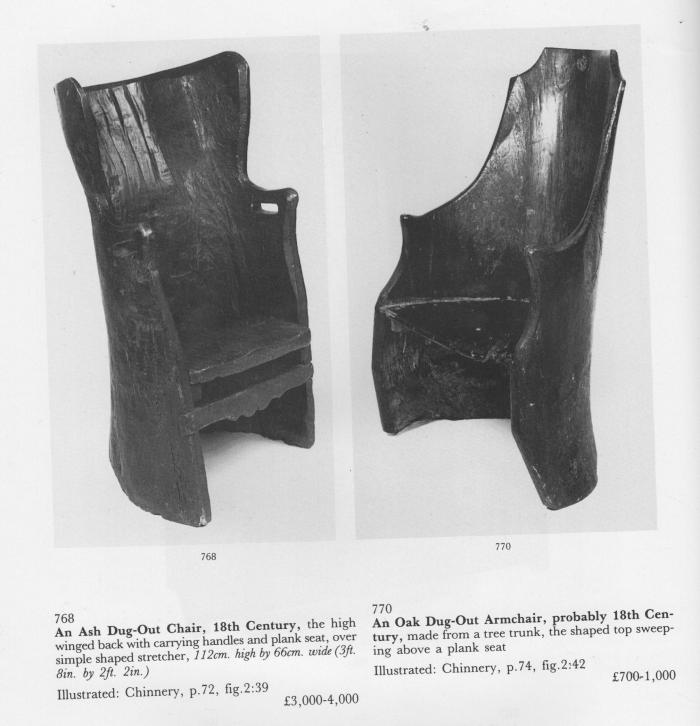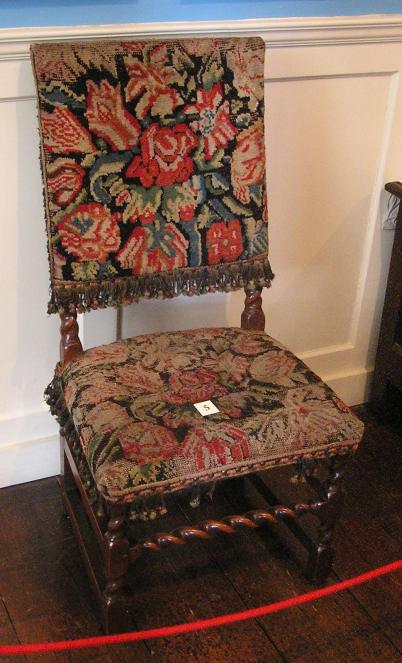I’m not big on the New Year’s Eve situation, but I did turn on the third set from the Closing of Winterland while I’m writing this post. 2018 has been quite a year from my perspective. Among lots of other projects and programs, the Australia trip was a stand-out, now that the horrors of the flights have passed. But Jennie Alexander’s death was the defining moment. If you’ve been following this blog a while, you’ll know that even before JA died, I had been putting a good bit of attention into re-learning how to make the iconic JA chair. I just put a hickory bark seat on one the other day, and a Shaker tape seat on one a couple of weeks ago.

As I work these chairs, I’ve been thinking about chair-making, furniture history and the various forms of this post-and-rung chair over the years and across several cultures. When I first learned the chair from JA and Drew Langsner, I just assumed the shaved chair was the principal format. As I learned about furniture history, I found out that the turned chair version was more common historically than the shaved one. Regardless of the fabrication method, the construction is the same – dry rungs fitting into posts with some moisture still in them. Here’s a turned chair I made about 16 years ago, also ash with oak slats & arms. Several times heavier than the previous chair.
I kept a lot of Alexander’s books, among them is “Handicrafts of the Southern Highlands” – it includes this paragraph about chairmaking:
“The posts for the chair frame, commonly maple…are cut and worked while green, but the rounds or rungs, usually of hickory, are well seasoned…as the green posts shrink over the ends of the already dry hickory rounds, they grip them in a vise “which will hold till the cows come home…”
There’s more to this joint than that, but it’s the gist of it. That was written in the 1930s. Over the years, as I specialized in 17th-century reproductions, I made lots of chairs. This year, in addition to about 6 of the JA chairs, I made the usual wainscot (joiner’s) chair, it has no relationship to the rest of these chairs tonight:
The only period-style post & rung chair I made this year was the Bradford chair; a board-seated chair with four legs. The joinery at the seat level is more complicated than the usual wet/dry joint, but all the other horizontal tenons are done just like on the smaller chairs.

I wrote a lot about that chair as I made it – https://pfollansbee.wordpress.com/?s=bradford
Back in my museum work. I used to also make very quick, rough shaved chairs with rush seats. These latter were mostly derived from one example I knew at first. Over time I got to see others too. Mostly they’re known from Dutch paintings and other artwork. One of mine from way back when, maple & oak:

This style hung on over the centuries. Many years ago I wrote a post about old chairs some friends have collected, including this one:

I’ve seen these described as “birch” and being French Canadian. Not sure where that story comes from. Through tenons, rung-skipper (no middle rung in back. Very commonly done this way). These rear posts were sawn to that canted shape, not bent. Here’s that original post: https://pfollansbee.wordpress.com/2013/08/29/house-of-chairs/
Jennie Alexander often told the story of how s/he switched from turning chairs to shaving them. I always thought s/he never went back to a turned chair, but when we cleaned out the shop, our friend Nathaniel showed me this chair, a late-period JA chair turned on the lathe. I think it was a collaboration with Nathaniel. Thicker at the foot.
But in all of these, the concept of tenons drier at assembly than they will be in life, driven into mortises in wetter posts working together for a joint that will “hold till the cows come home…” is the common thread.
I finished my square table by mid-day on the last of the year, just under the wire. I’ll write about the squiggle paint soon. I have one leftover piece to finish before I start in on my 2019 projects, but there will be chairs. Count on it.


































































































